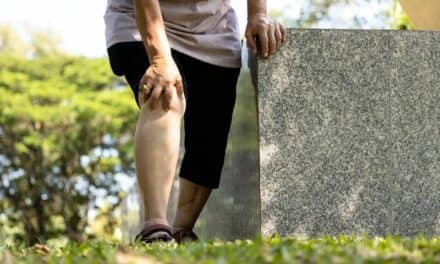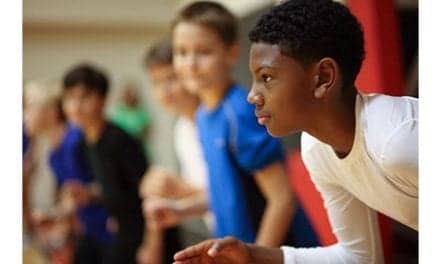Technology may offer a way to control the significantly higher occurrences of ACL injury among young women who play soccer. A new report shows that using a wearable neuromuscular (WNM) as part of a training protocol helped substantially reduce ACL injuries in recent testing.
According to the study, presented recently at the American Orthopaedic Society for Sports Medicine’s (AOSSM) Annual Meeting in Colorado Springs, Colo, athletes who used the devices in combination with a regular training program showed functional improvements.
“Our study showed that training with a wearable neuromuscular (WNM) device improved postural control in athletes, without limiting performance,” says Michael John Decker, PhD, from the University of Denver in Denver, in a media release from AOSSM. “Moreover, no athletes in the study experienced an ACL injury during training or over the course of the following season.”
In the study involving 79 elite youth and collegiate female soccer players (ages 12 to 25), participants trained with a WNM device that applied bilateral, topical pressure to the medial quadriceps and hamstring muscles. The preseason training program with the device lasted 7 to 9 weeks, and consisted of strength and conditioning exercises and on-field team practices.
“Research has shown female soccer players have a three times greater risk of ACL injury compared to males, yet only a small portion of soccer coaches are currently utilizing ACL injury risk reduction programs,” Decker states in the release. “We hope these devices offer coaches a practical means to overcome participation barriers, opening the door for more organizations and teams to implement similar programs.”
[Source(s): American Orthopaedic Society for Sports Medicine, Science Daily]





